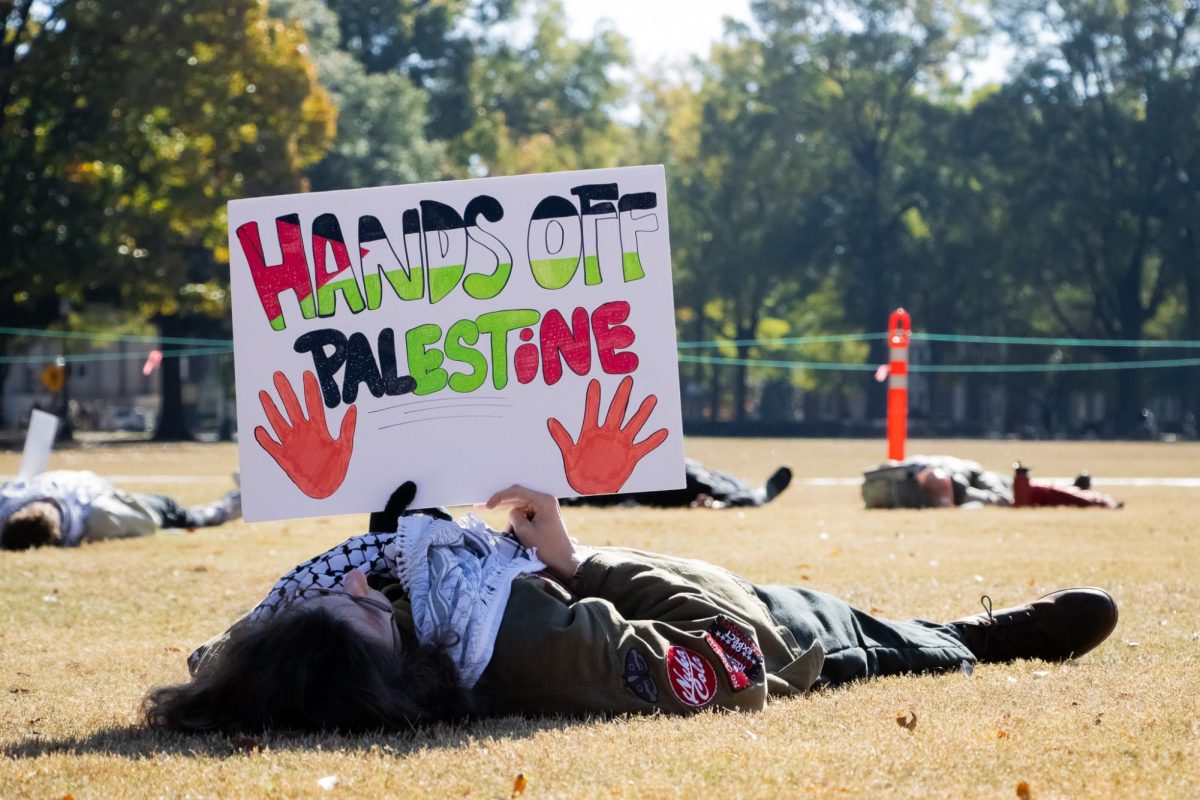Communication students have their “Minds on Tuscaloosa” following the tornado that hit the city in late April.
In the wake of the April 27 tornado, Tuscaloosa residents were faced with a new set of incomprehensible challenges. Most members of the community did what they could by picking up the pieces of their lives, but a group of students from The University of Alabama embraced the opportunity to use the stories of those affected as an educational tool.
Six undergraduate students from the College of Communications and Information Sciences joined efforts and produced a video that has shed light on the challenges tornado victims faced in the weeks following the event.
For those fortunate enough to witness the disaster via news reports instead of firsthand, this video is a way to view the damage through the eyes of the victims.
Micah Russell and Hamilton Henson, both telecommunications and film students, shot and edited the film, while Kyle Rice, also a TCF student, conducted the interviews. Emily Diab, Zarah Trinh and Sarah Shea, a group of students with public relations and communication studies majors, were in charge of scheduling interviews and writing press releases to draw attention to the video.
Joseph Phelps, chair of the advertising and public relations department, asked Michael Devlin, a doctoral student at the University, to oversee the project and play the role of producer for the video. When in contact with Devlin, he made it clear the students were the “real workers” during the production of the film.
“We felt that so many disaster videos focus on destruction of property and death. This not only is a message that people are too familiar with and tune out, but if they have never been in a disaster, they cannot relate,” Devlin said. “We wanted to focus on the little things and routines that are changed as a result so everyone could relate. Things like your morning commute, finding silverware to eat with or even getting your mail. Things we all take for granted.”
The mission of the video is to raise awareness of the struggles Tuscaloosa has faced in the two months after the tornado, but more prominently, it highlights the obstacles the community is currently facing and the challenges that will take much more time to overcome. The video, just shy of two minutes in length, was shot in June and has been posted on YouTube for public viewing.
“I think that one of its most important messages is that change is universal, and no amount of planning can prepare you for disaster,” Shea said. “The morning of April 27 was completely normal for most people; by the end of the day, many had lost everything. Some people lost their entire livelihood in the storm and had no place to call home. Imagine waking up in your own bed, perfectly safe, and using the very same mattress to save your life just a few hours later. That is the power of nature.”
The goal of the film was to remind people that the damage in the affected areas remains, Diab said.
“Sometimes it’s easy to “forgive and forget,” but we can’t forget. We hope that this can inspire others to continue their efforts,” she said. “The job is not done, and we want people to know that we aren’t giving up until Tuscaloosa and its citizens are pieced back together.”
The video can be found on the UAAPR YouTube Channel; it is the feature video. Sean Rivers wrote the song in the video just after the tornado, and it is available for purchase on iTunes.








